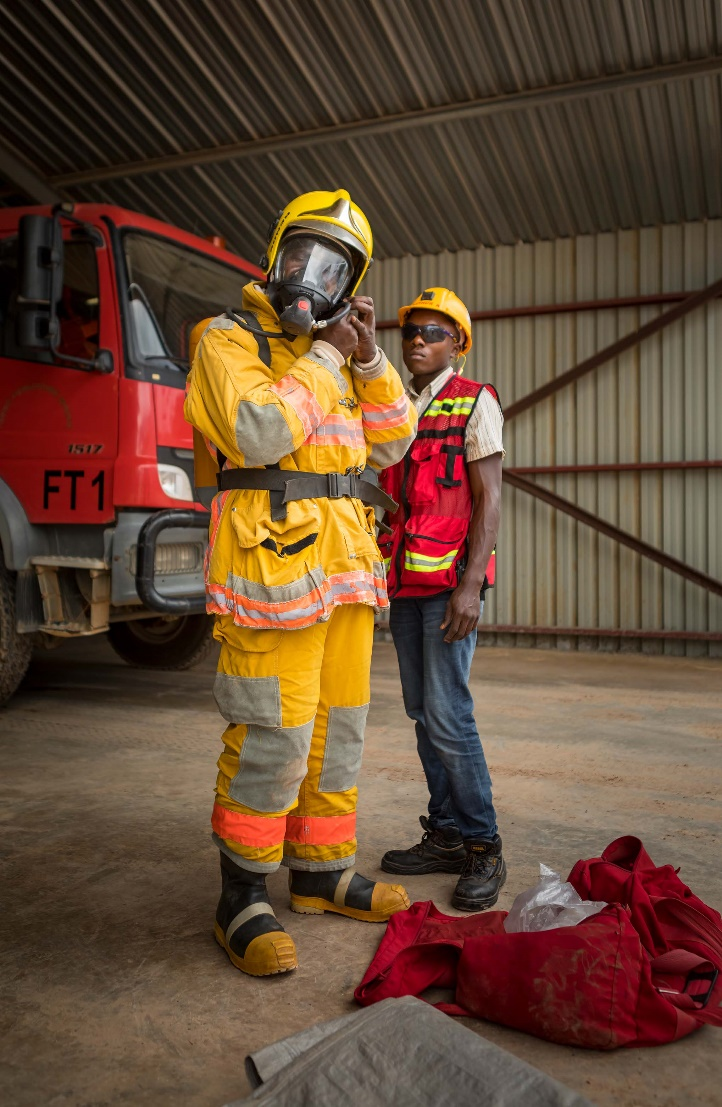
-
 首页>
首页>
- Heath and Safety>
- Occupational Health
Heath and Safety
The processes used in the mining and smelting industry present a range of occupational health hazards, including dust, noise, toxic and hazardous gases, and exposure to mechanical vibrations. We are committed to creating a safe and healthy working environment for our employees and partners in order to prevent occupational illnesses.
Across all our global operations, we have established comprehensive mechanisms for managing occupational health issues, including the identification and mapping of occupational health hazards, adopting engineering measures to eliminate or mitigate occupational health hazards at their source, requiring employees to work in shifts to reduce exposure times, mandating the use of personal protective equipment, and monitoring the health of employees before, during, and after their period of employment or prior to their transfer to another post to prevent occupational contraindications and ensure they are in a fit state of health.
Dust and hazardous gases are the primary threats to employee health, and originate from drilling, blasting, ore loading and transport, crushing, and other handling during the production process. All employees undergo regular occupational health checks to monitor their state of health, which is recorded in an occupational health file. To reduce employees' exposure to harmful dust in open-pit mines and on transportation routes, some of our mitigation efforts include the wetting or sealing of roads, the installation of dust collection systems next to dust-producing machinery and processes, and requiring employees to wear personal protective equipment such as dust respirators while working in environments with a high risk of dust exposure. In the case of processes which produce toxic or hazardous gases, employees are given appropriate respirators to prevent exposure. At our mines in China, technical controls such as increasing automation in ore transportation, crushing, and packaging have been adopted to minimize employees' exposure to dust.
Chronic exposure to noise from the transportation, crushing, and milling of ores is another threat to employee health. In light of these risks, we have monitored and mapped noise levels next to major sources of noise, posted warning signs to inform employees of occupational health hazards, implemented technical measures such as the installation of vibration- and noise-reducing systems and sound-proofed rooms, and provided employees with appropriate hearing protection based on their level of exposure, including ear plugs and ear muffs.
In addition to physical health, we are genuinely concerned about the mental health of our employees. For our mining areas in China, a mental health hotline has been established to address impediments related to work stress or emotional fatigue. For our mining areas in Brazil, we have proactively answered the call of Brazil's Janeiro Branco (White January) campaign to build a culture of mental health by providing free and confidential assistance with mental health services for employees and their family members. IXM organizes an annual “Wellness Week” program to remind employees that in order to experience true happiness, employees must give attention to not just physical health but also their mental health and well-being.











